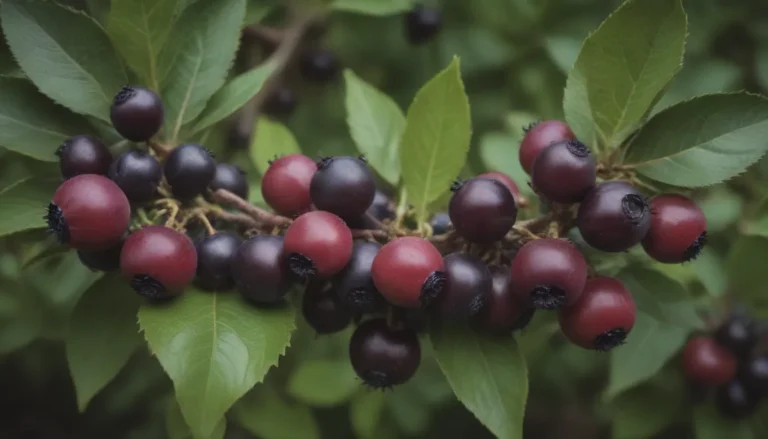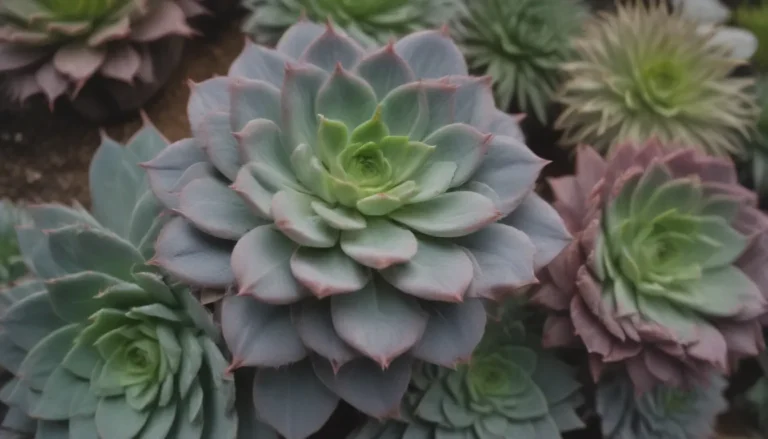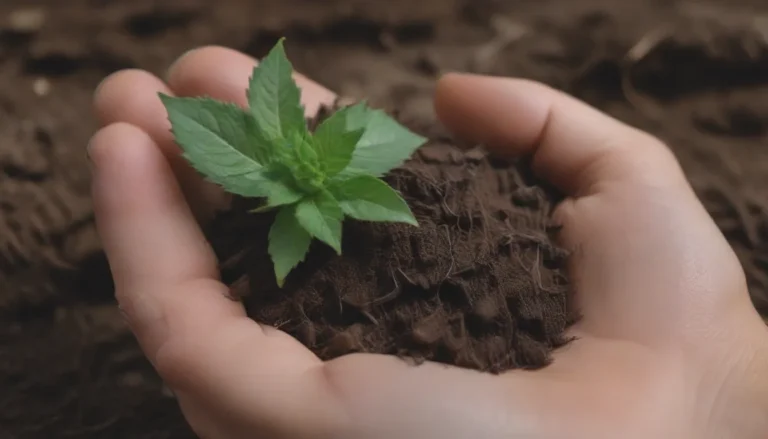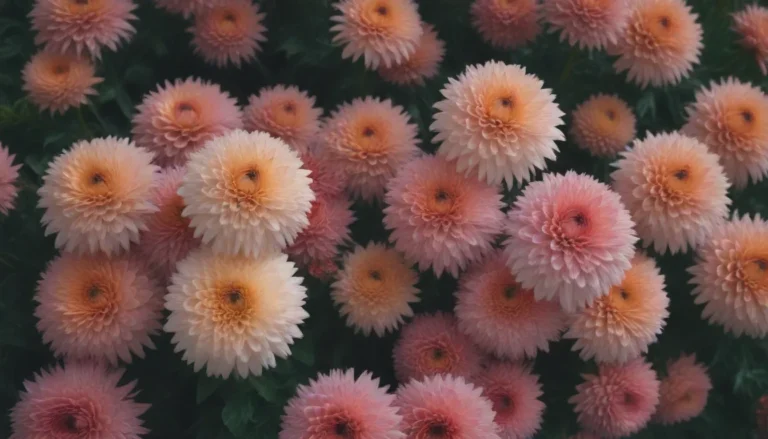A Comprehensive Guide to Growing and Caring for Stone Pine Trees
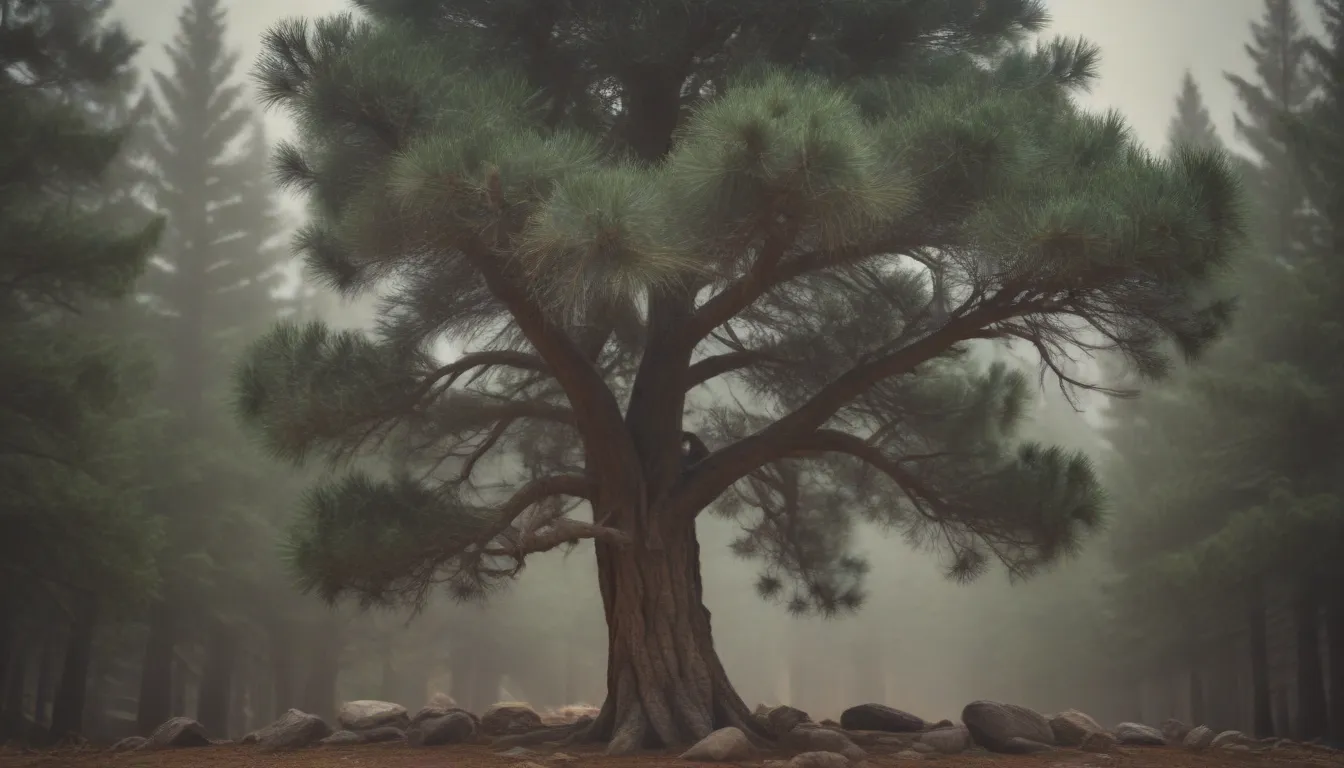
If you are looking to add a touch of Mediterranean charm to your landscape, the stone pine tree, also known as Italian stone pine or umbrella pine, may be the perfect choice for you. With its distinctive mushroom-shaped canopy and evergreen needles, this tree is sure to make a statement in your garden. However, growing and caring for stone pine trees requires some special considerations to ensure their health and vitality. In this comprehensive guide, we will explore everything you need to know to successfully cultivate and maintain these beautiful trees.
Stone Pine Overview
The stone pine tree is a slow-growing evergreen that starts as a shrub-like tree and gradually matures into a tall, majestic specimen with a unique umbrella-shaped canopy. Native to the Mediterranean regions, this tree thrives in full sun and well-drained soil, making it an ideal choice for gardens with similar conditions. While stone pine trees are drought-tolerant once established, they require careful attention in the early years to ensure proper root development.
Stone Pine Care Tips
Light
- Plant your stone pine tree in a location that receives full sun to promote healthy growth and foliage.
Soil
- Ensure that the soil is well-drained and not overly moist to prevent root rot.
- Stone pine trees can tolerate a range of soil pH levels but thrive in slightly acidic conditions.
Water
- While stone pine trees are drought-tolerant once established, it is important to provide adequate water during the first few growing seasons to support root establishment.
- Mimic the dry conditions of the Mediterranean region for optimal growth.
Temperature and Humidity
- Stone pine trees prefer mild temperatures without extreme fluctuations and relatively dry conditions.
- Avoid very humid environments to prevent fungal issues and rot.
Fertilizer
- Once established, stone pine trees do not require regular feeding. However, applying an acid fertilizer in the first year or two can help with proper development if needed.
Types of Stone Pine Trees
The most common variety of stone pine available is the straight species, which is also the primary source of edible pine nuts in Europe. In addition, there are other species of pine trees that produce seeds for consumption, including the Colorado pinyon, Mexican pinyon, and Korean pine.
Pruning Tips
- Stone pine trees typically form a multi-stemmed shape when young, but as they grow, the trunks merge into a single trunk with spreading branches.
- Minimal pruning is required, mainly to remove dead, diseased, or damaged branches.
- Some gardeners prefer to shape the umbrella-shaped canopy through targeted pruning for a more tailored appearance.
Propagating Stone Pine Trees
While seeds are the most common method of propagation for stone pine trees, it is also possible to propagate them from cuttings. Starting stone pine trees from seeds requires mature trees for viable seeds, and the process can be somewhat complex.
Growing Stone Pine in Containers
Due to their slow growth rate, stone pine trees can be cultivated in containers for extended periods indoors. Select a terracotta container for optimal moisture control and use a well-draining potting mix to ensure the tree’s health. Monitor soil moisture levels and provide bright, indirect light to promote growth. Repotting may be necessary if the roots become rootbound.
Overwintering Stone Pine Trees
If you live in an area with significant temperature variations, it is essential to overwinter your stone pine trees properly. Bring them indoors before the onset of chilly temperatures and provide adequate moisture during the winter months. Mulch around the base of the tree, leaving space for airflow to prevent fungal diseases.
Common Pests and Diseases
Stone pine trees are relatively resistant to diseases, but they may encounter issues such as pine needle cast and bark beetles. Treatments with fungicides or removal of affected branches may be necessary to maintain tree health. Additionally, watch out for pests like Western conifer seed bugs, which can impact seed production.
Common Problems and Solutions
- Browning needles may indicate root rot due to overwatering or poor drainage. Trim away damaged roots and improve soil conditions to remedy the issue.
- Fragile branches can break in high winds, so consider the tree’s placement in windy areas to prevent damage.
- Stone pine trees are successful in various regions of the U.S., including coastal areas of California, Texas, and Florida. Plant them in sunny locations with proper care for optimal growth.
In conclusion, stone pine trees are stunning additions to any landscape, offering unique beauty and edible pine nuts for your enjoyment. By following these care tips and guidelines, you can successfully grow and maintain healthy stone pine trees in your garden. Remember to provide the necessary sunlight, water, and soil conditions for these trees to thrive and enjoy the beauty they bring to your outdoor space. Happy gardening!
